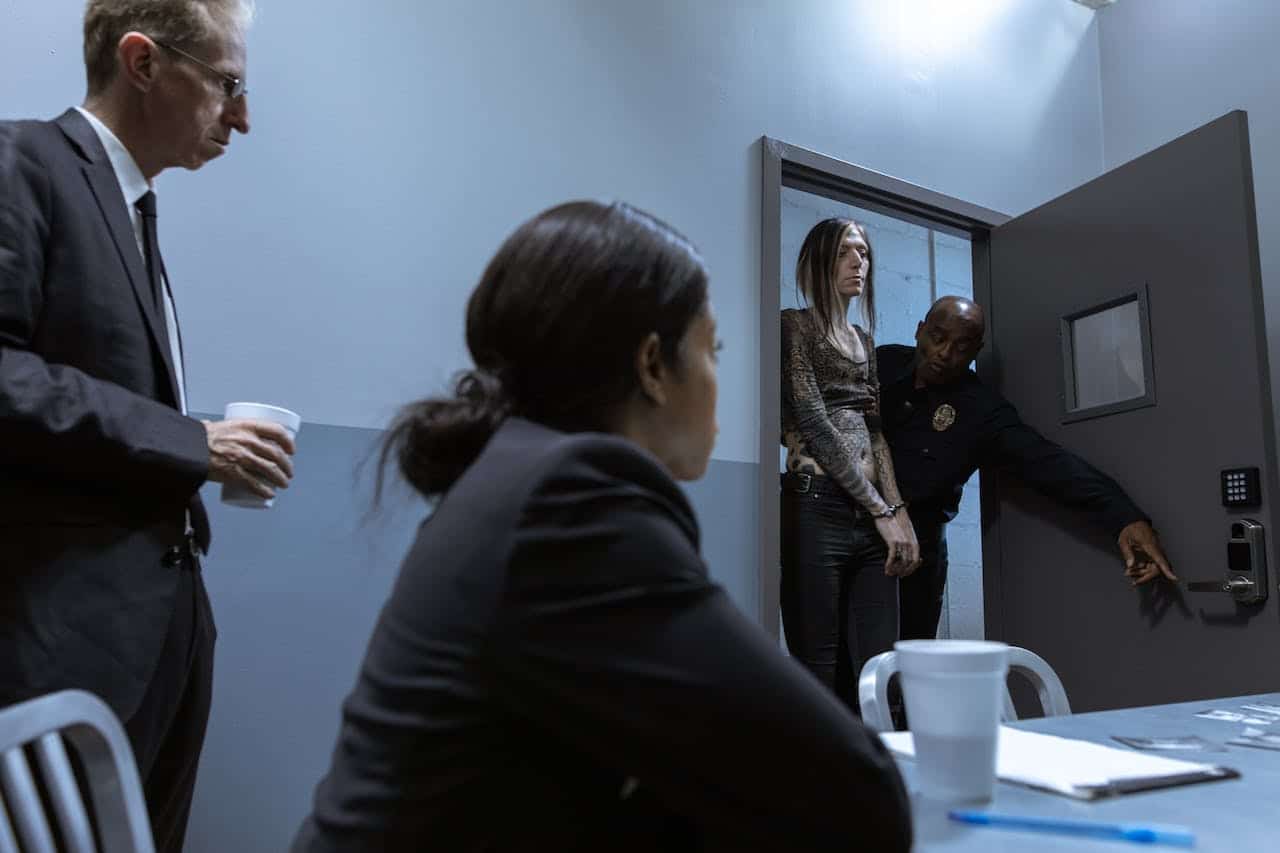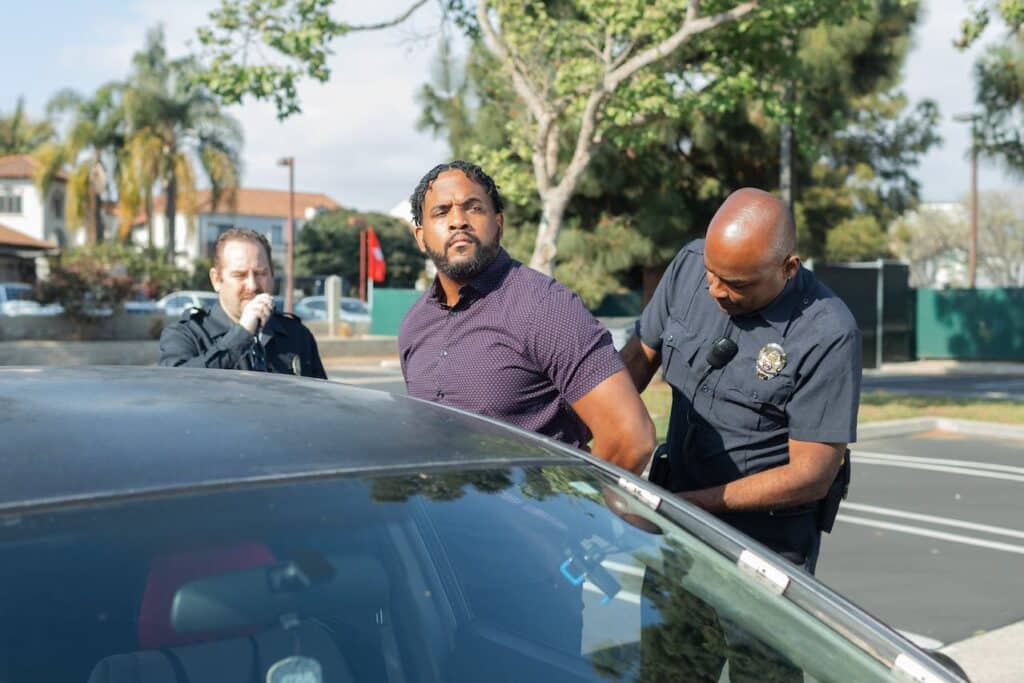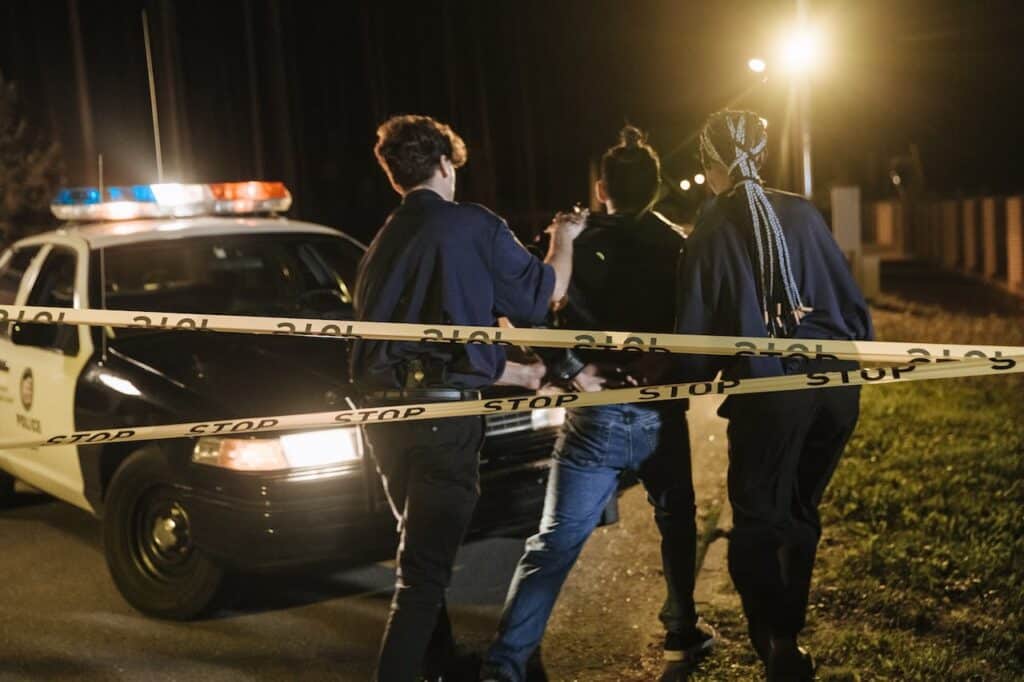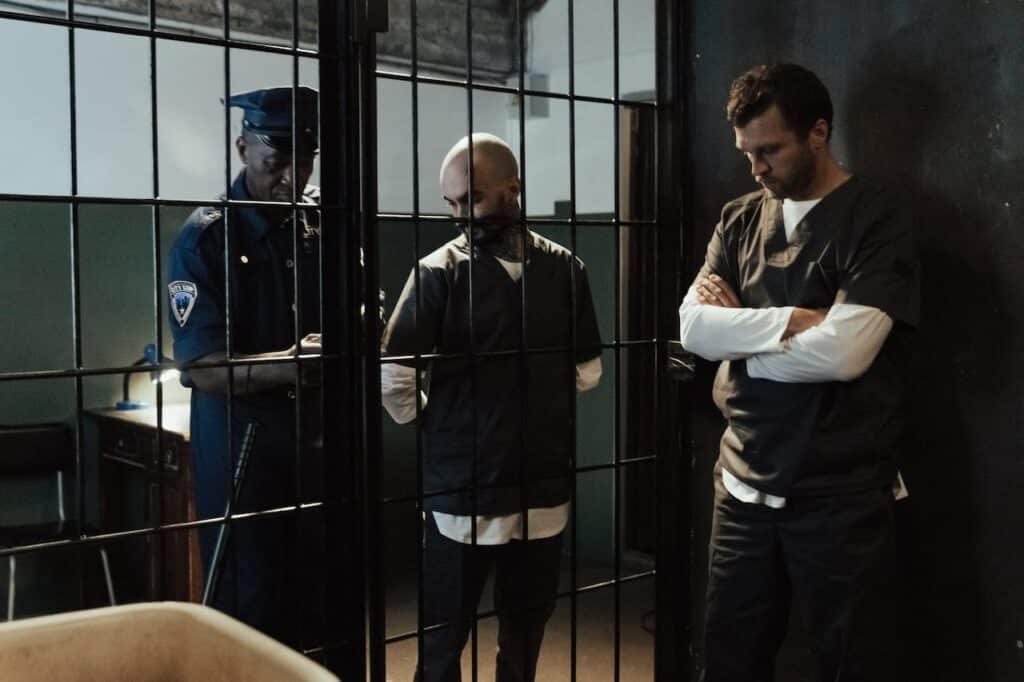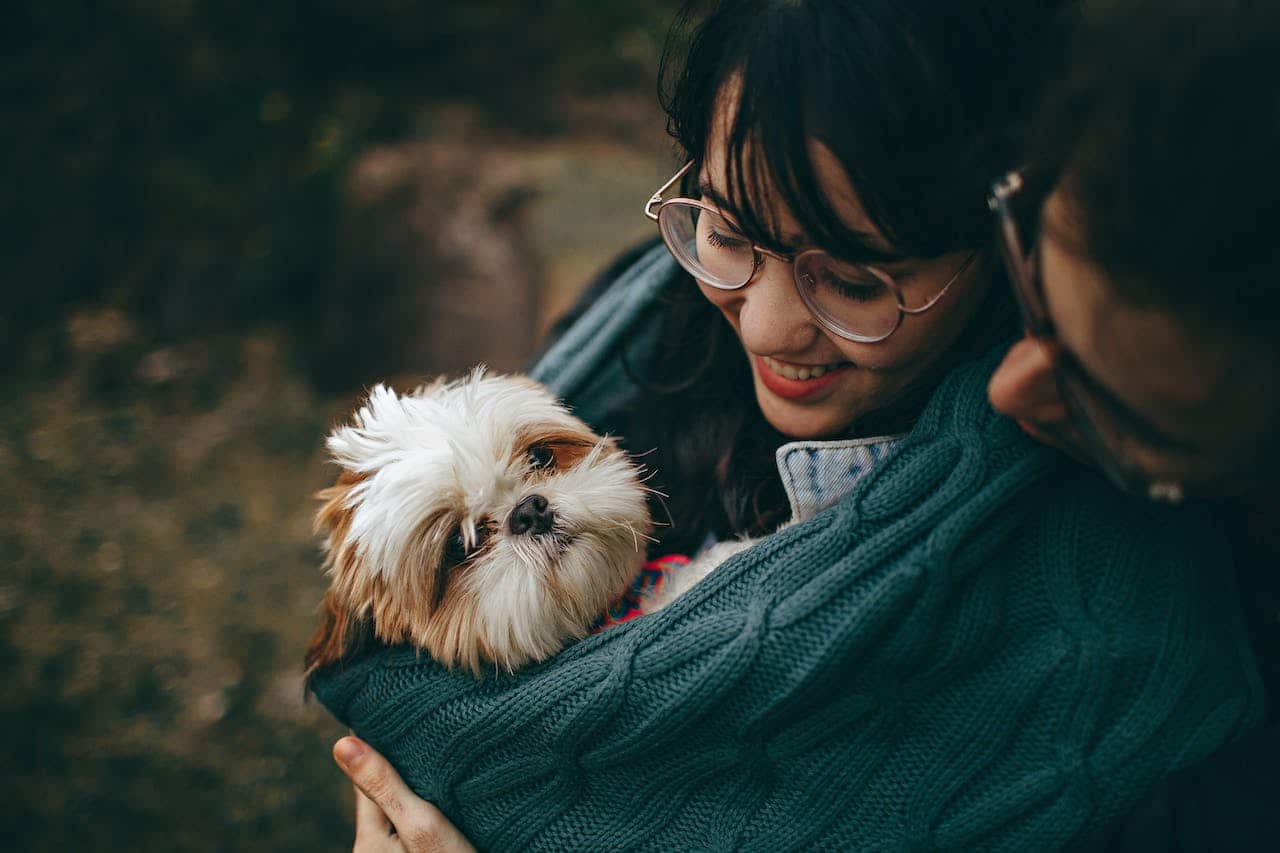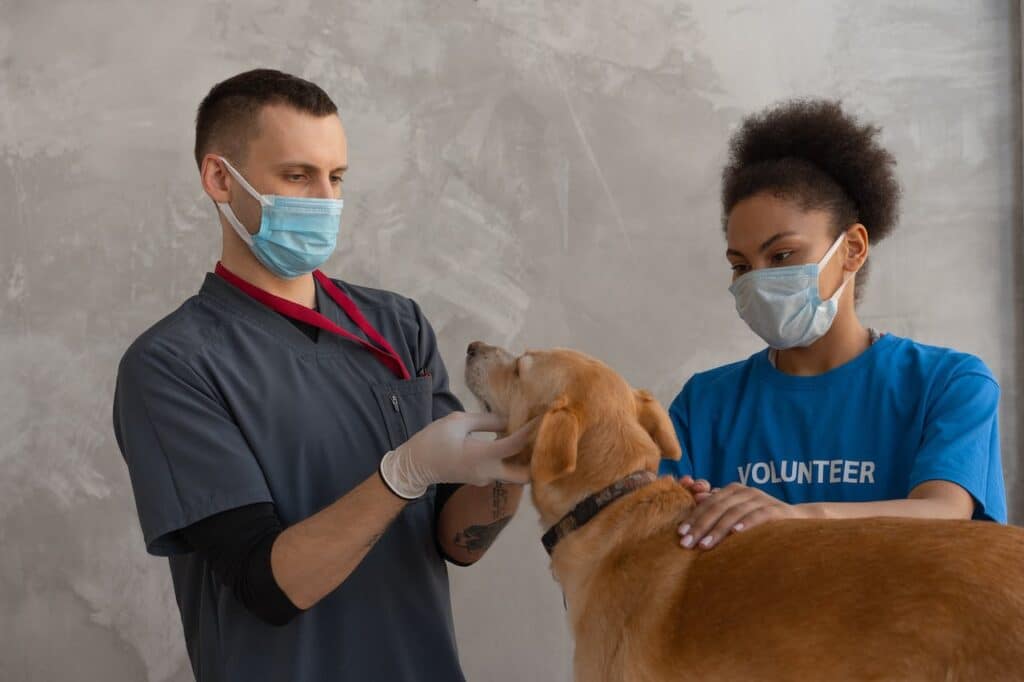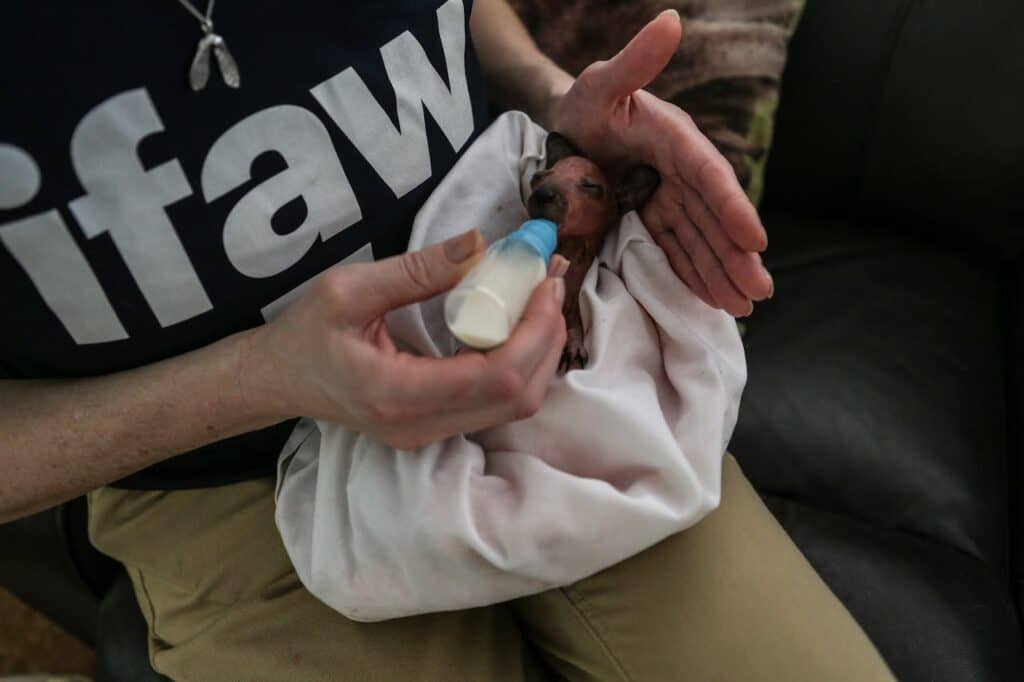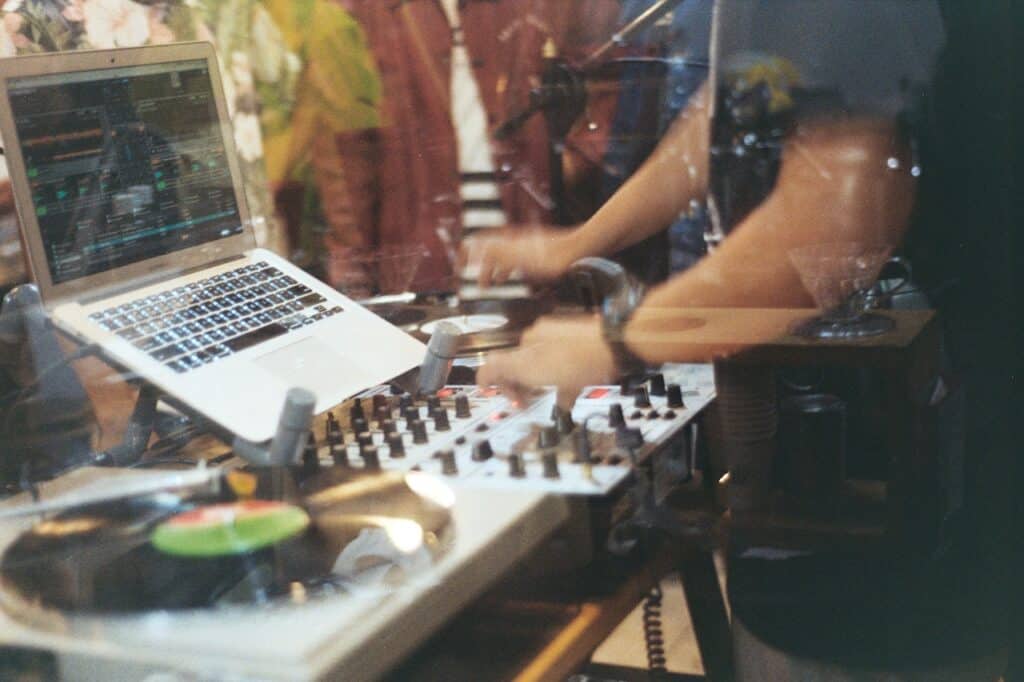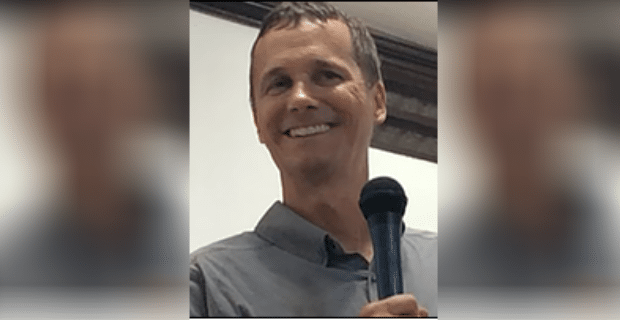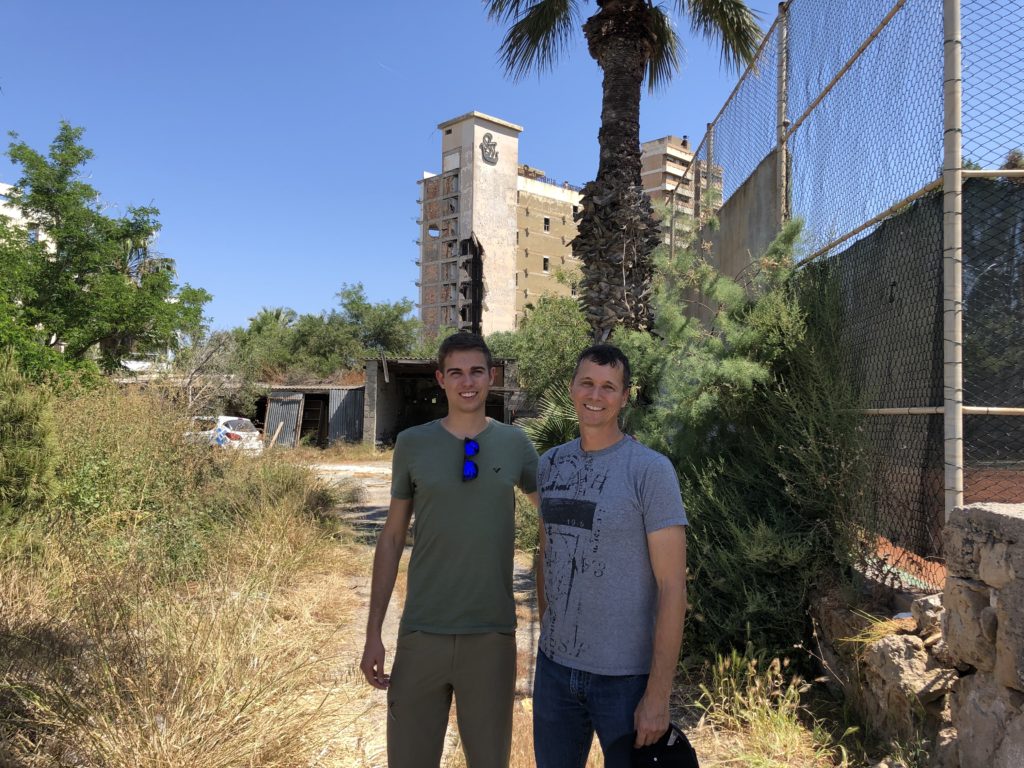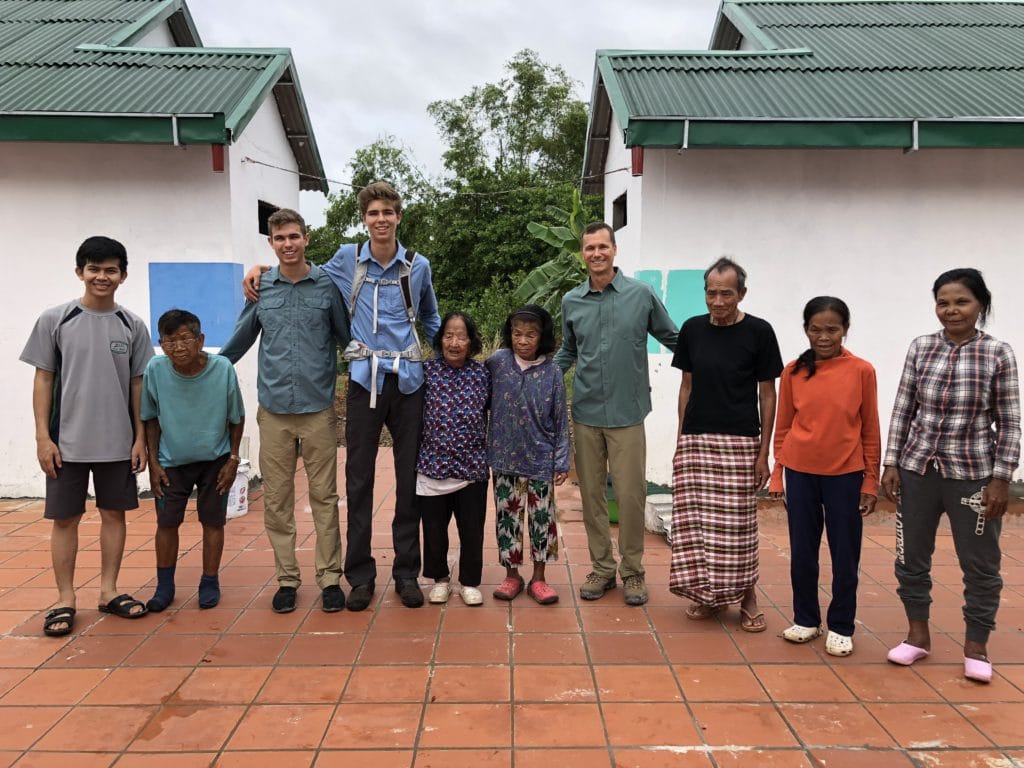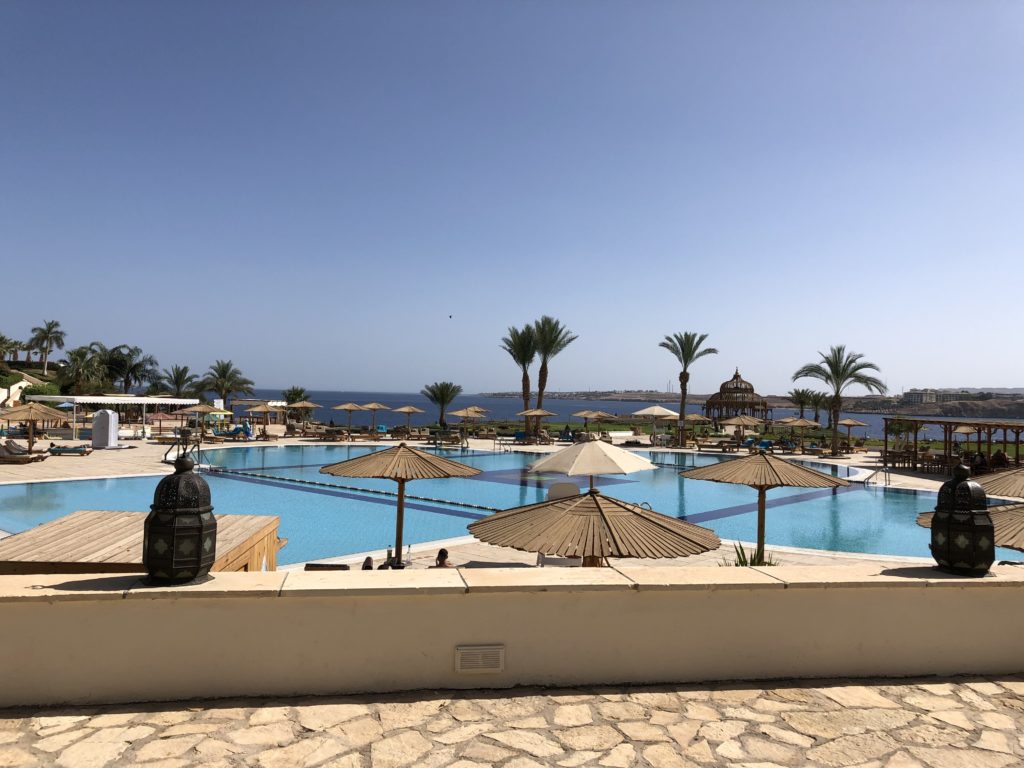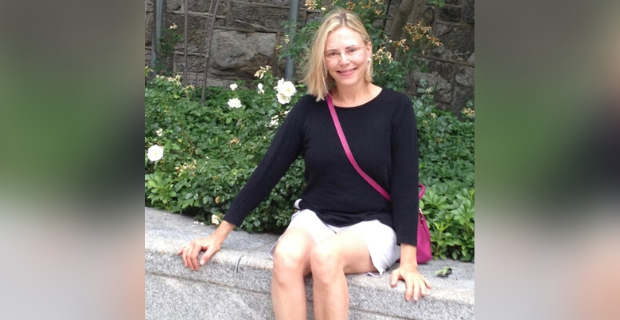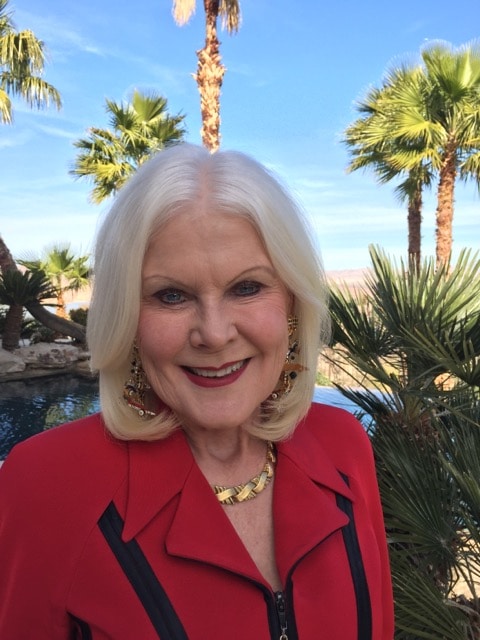Motocross is one of the most exciting and high-octane sports in the world. It’s characterized by the roar of engines, the smell of gasoline, and the adrenaline rush of speeding across a dirt track at breakneck speeds. But while the fundamentals of motocross have remained largely unchanged over the past few decades, recent advancements in track design are not only redefining the sport but making it more accessible to a wider audience than ever before. From state-of-the-art jumps and berms to new materials and construction techniques, Emil Shebelbon will explore how these changes shape the sport and what we can expect in future years.

Smarter Track Design
In recent years, one of the most significant changes in motocross track design is using computer-aided design (CAD) and other advanced modeling programs. These tools allow track designers to create highly accurate layouts and three-dimensional simulations, enabling them to fine-tune the track’s features to a once-impossible degree. The result is tracks that are more challenging, exciting, and safer.
One example is the layout of Supercross tracks, which feature tighter turns, shorter straights, and more jumps than traditional motocross tracks. These layouts are designed to accommodate the sport’s high-speed and freestyle elements, making it easier for riders to execute tricks and stunts while preserving their safety.
Progressive Jumps and Berms
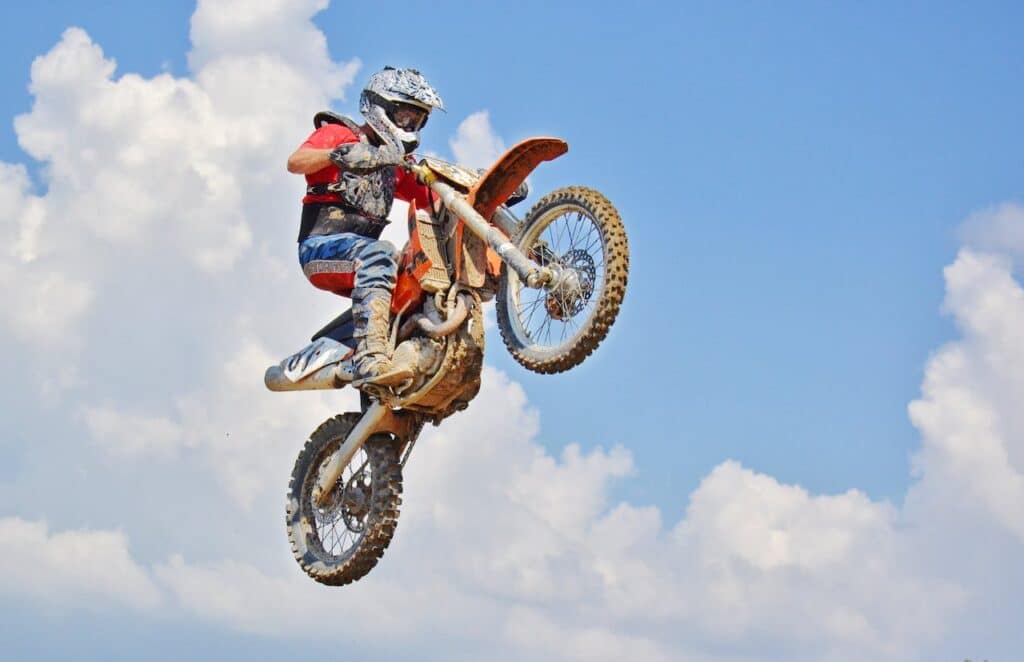
Another innovation in the sport of motocross is the introduction of progressive jumps and berms. Unlike traditional jumps, which launch riders into the air at a constant height and distance, progressive jumps are designed to be variable, with different heights, distances, and angles depending on the rider’s speed and trajectory.
Similarly, progressive berms are designed to be larger and steeper than their traditional counterparts, allowing riders to carve turns more aggressively and maintain higher speeds. These changes not only enhance the excitement and spectator appeal of the sport but also allow riders to push their skills and creativity to the limit.
Sustainability and Conservation
As the world becomes more conscious of preserving natural resources, motocross track designers also incorporate sustainable and environmentally friendly practices. This includes using recycled materials, such as rubber from discarded tires, and the construction of tracks to minimize land disturbance and preserve natural ecosystems.
One example of this is the use of artificial turf on sections of track that receive heavy usage, such as around jumps and corners. These turf sections provide a more durable and predictable riding surface and reduce the dirt and dust that is kicked up, improving the air quality for riders and spectators alike.

Accessibility and Inclusivity
Perhaps the most exciting aspect of innovative track design in motocross is the potential to make the sport more accessible and inclusive. By creating safer and more predictable tracks, more riders can participate in the sport without fear of injury or being intimidated by more experienced riders.
In addition, track design can also be used to make the sport more inclusive for a wider range of riders, including those with disabilities. Features like ramps and accessible trackside viewing areas can be incorporated into designs to create a more welcoming and equitable experience.
The Future of Motocross Track Design
With the rapid pace of innovation in track design, it’s only a matter of time before we see even more exciting and groundbreaking changes in the motocross world. From incorporating virtual reality technology to enhance the spectator experience to creating tracks fully customizable for individual riders, there’s no limit to what can be achieved with the power of technology and creativity.
Final Thoughts
Undoubtedly, innovative track design is revolutionizing the sport of motocross in exciting and dynamic ways. From the use of advanced modeling tools to more progressive jumps and berms to greater sustainability and inclusivity, these innovations are enhancing the safety, accessibility, and entertainment value of the sport. As we look to the future of motocross, we expect to see even more exciting advancements in track design that will continue redefining the sport and attracting new riders and fans alike.

